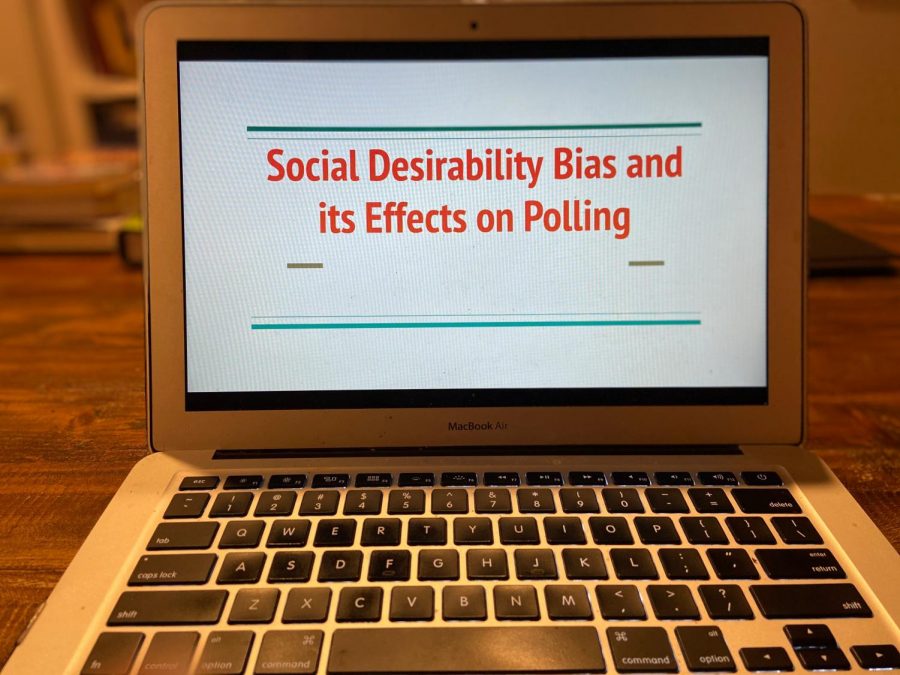The Effects of PDS’s January Data Unit
January 22, 2020
This year, the Princeton Day School Math Department started a new project that encourages students to explore topics surrounding poll data in the two weeks between the end of winter break and the beginning of the second semester, allowing Upper School students to take a break from the standard mathematics curriculum and discover real-world applications of statistics.
Many researched areas of interest, such as the 2020 presidential elections, immigration, and polls conducted on social media. In doing so, students learned key statistical concepts, such as bias, confidence interval, and margin of error through a unique lens. At the end of the two-week period, each student gave an oral presentation on their findings. The result: a diverse arrange of posters, presentations, and videos that showcase the wide range of interests in the PDS community.
Sophomore Divya Sharma describes her project, saying, “I did a presentation about how people vote: if they vote based on political party affiliation or based on the merits of presidential candidates (ie: specific policies a candidate would like to implement or the candidate’s political background).” Researching these topics in-depth allowed Divya to not only better understand voting methods and processes, but also expand her current statistics knowledge. Divya reflects on her project, saying, “I learned different sampling methods and what sampling was. I also learned how to find bias.”
Junior Camille Scordis took a different approach. “I was working with Annie Zhang and we researched what Democrats wanted to see in the upcoming 2020 elections,” she explained. “Healthcare, climate change, and gun violence regulation were big topics.”
Thus, this project goes simply beyond researching statistical concepts and presenting them to a larger audience. Students having the opportunity to explore subject matters that they are truly passionate about will allow them to grow as thoughtful learners.






